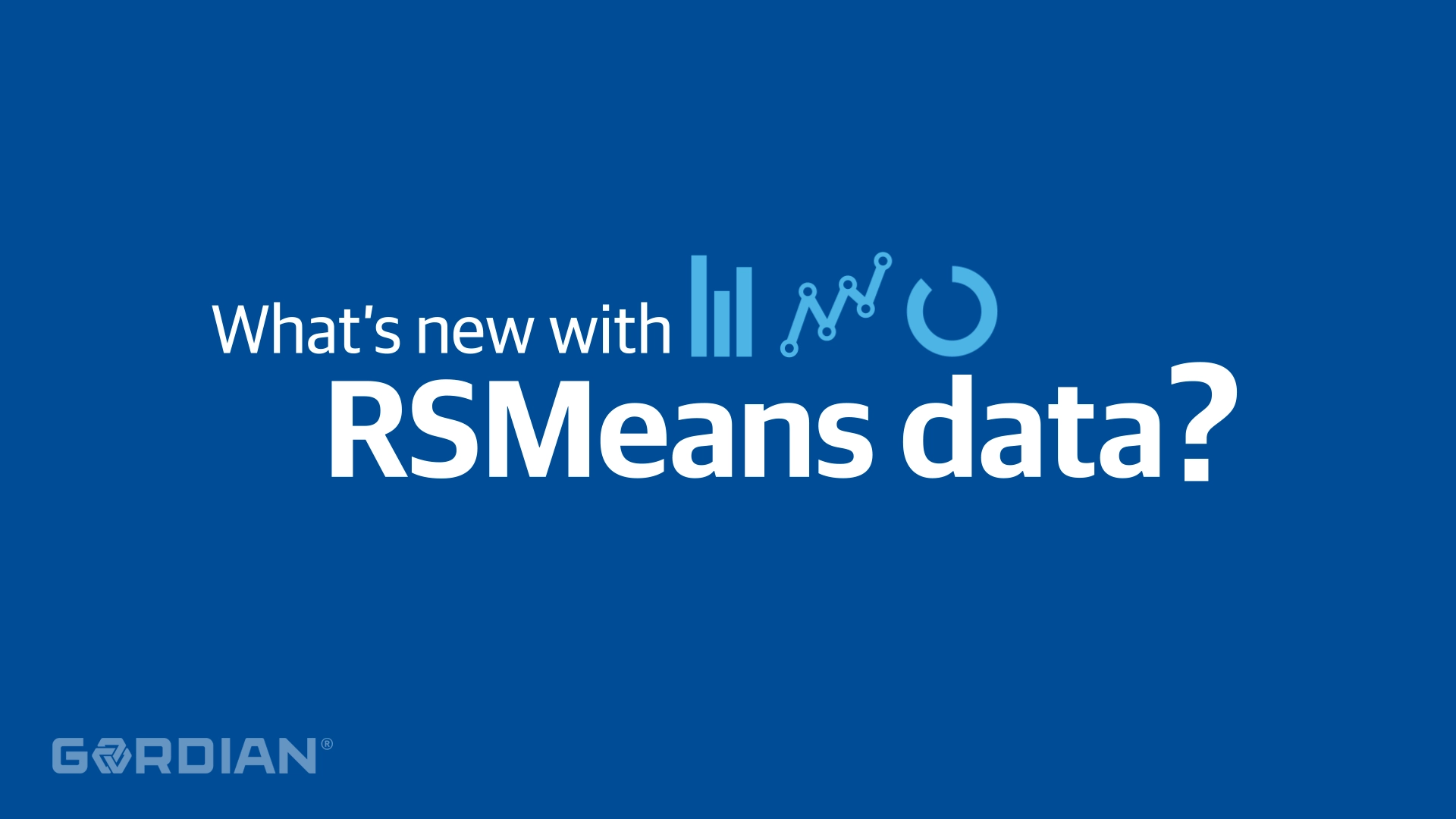7 COVID Precautions to Build into Your Construction Estimates was previously published on Construction Best Practices.
The great people that make up America’s construction workforce make sure the nation is driving on safe roads and bridges, entering strong community spaces and define many physical attributes of our daily lives. Their safety has always been paramount and crucial to the success of each project. Personal protective equipment (PPE) is not a new phrase in the construction industry, but prior to the COVID-19 pandemic, it was known for use against injury, not infection.
As soon as the Occupational Safety and Health Administration (OSHA) and the Centers for Disease Control in Prevention (CDC) issued additional guidance for the construction industry, commercial builders began rolling out infectious disease/COVID precautions on job sites in order to comply with regulations and protect their essential workers. While necessary to avoid risks, these precautions can come with a steep price tag.
In fact, RSMeans Data from Gordian shows that infectious disease/COVID precautions can reduce the amount of available work time by up to 10% thereby increasing labor costs on job sites, especially those with restrictive COVID requirements – such as healthcare facilities and school buildings. Construction work tasks that are associated with high exposure risk levels and publicly funded construction projects will require the most COVID precautions. Owners, contractors and estimators must properly account for these new costs or their projects will be in jeopardy of cost over-runs and/or profit losses.
Complete Construction Cost Estimates with COVID Precautions
While the material, equipment and labor cost fluctuations will be reflected in construction cost databases, added guidance from OSHA or the CDC, in addition to general conditions, is not reflected in the data. There are many cost factors in a construction project that aren’t necessarily part of the finished product but are essential to the success and completion of the work. It’s the estimator’s responsibility to use the data appropriately and account for these allowances.
In addition to the latest material, equipment and labor prices, new biohazard remediation line items and infectious disease precaution modifiers have been added to 2021 RSMeans Data in response to the COVID-19 pandemic.
Find out everything you want to know about changes to the RSMeans database, straight from our insiders by watching our 2021 RSMeans Data Release webinar on demand.
Here are seven infectious disease precautions modifications and line items that should be included in construction estimates.
Checklist of Modifiers and Line Items
- Masks, gloves, approved disinfectants and handwashing stations – Factor in the costs of PPE and additional sanitation equipment.
- Informational meetings – It will take time to ensure workers are informed about infectious disease precautions and safety measures, such as social distancing, the proper way to wear PPE, the sanitizing of tools and equipment and how to report potential exposure or illness.
- Daily temperature checks – Routing crews to the appropriate entrances or checkpoints to provide any necessary temperature scans at the beginning of the shift.
- Donning and doffing masks and gloves – Time must be allotted for the proper putting on and removal of PPE, especially on construction sites that are designated with high exposure risk levels.
- Washing hands – Jobsites must promote personal hygiene and provide sanitation stations or necessary products necessary in addition to the time it takes to properly wash hands.
- Maintaining social distance – Advise workers to avoid physical contact with others and direct each person to increase personal space to at least six feet, where possible. This may mean additional shifts are necessary to provide the extra space, especially in medium and high exposure circumstances.
- Disinfecting tools and/or equipment – When tools or equipment must be shared, provide and instruct workers to use efficient alcohol-based wipes to clean surfaces before and after use.
Adding these additional line item costs and labor rate modifications will help ensure that following proper safety protocols is accounted for financially in the estimate.
Amplifying Construction Tech Adoption
New technologies are enabling innovation in the construction process to combat productivity loss, improve health and safety practices and increase convenience. COVID-19 is causing the world’s industries to amplify their adoption of new technologies – even the construction industry, one of the slowest to transition to tech.
Conducting scope walks and facilities condition assessments is becoming harder because of the social distancing requirements and travel involved in these traditional processes. By applying virtual reality (VR) technology, building information models (BIM) and 3D technology as well, collaboration between the building stakeholders can happen remotely. The pandemic has shown a light on the adaptability and dedication of the construction workforce and is sure to continue to emphasize the possibilities in emerging construction technology.







